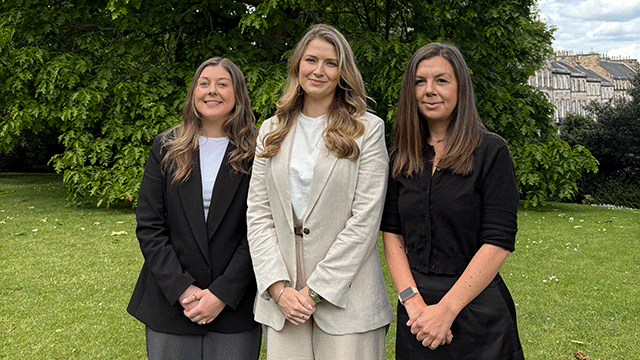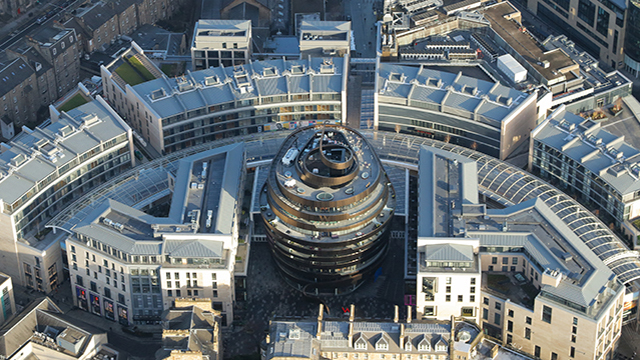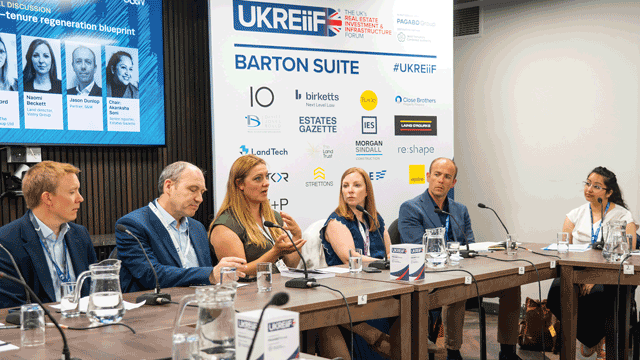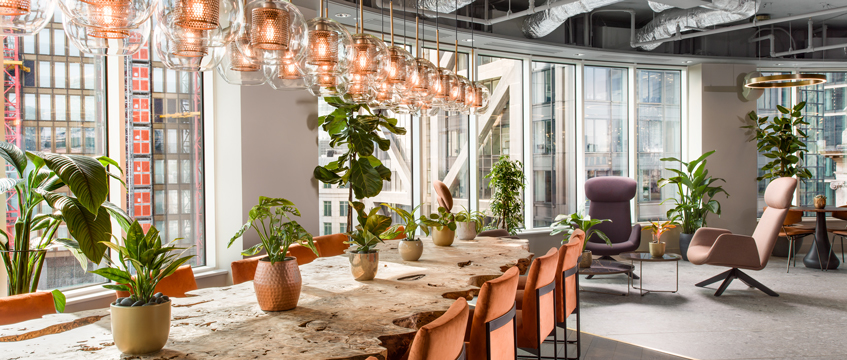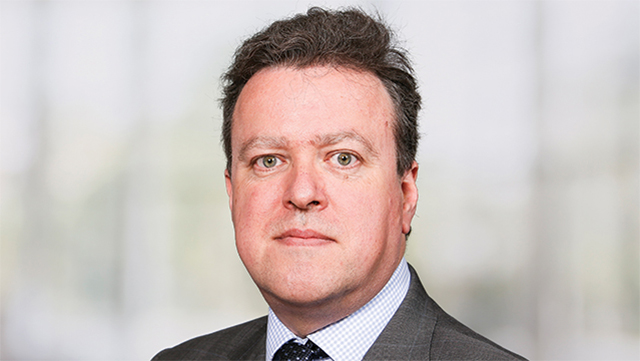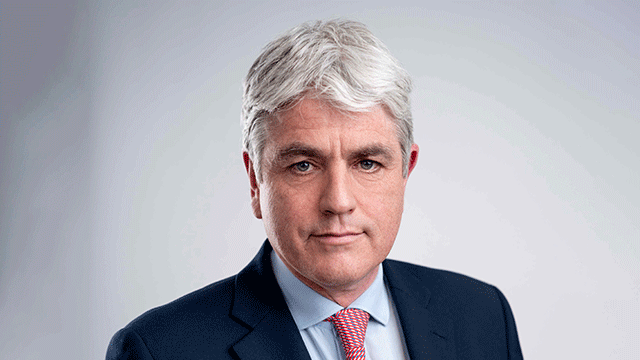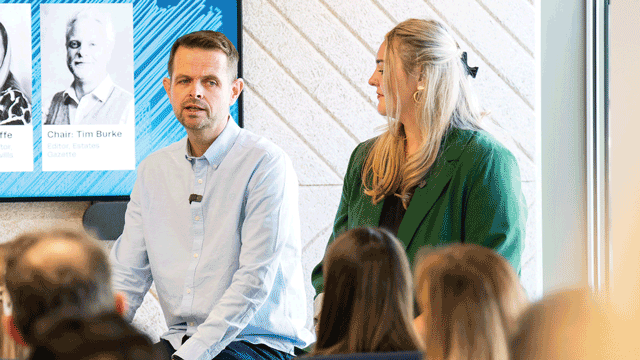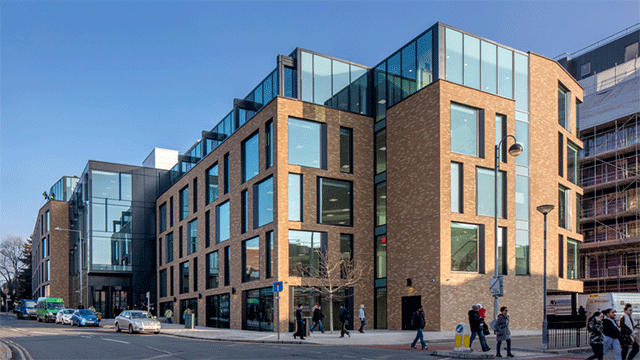At a time when we can feel overwhelmed in the office and isolated in our apartments, what more can the people and companies planning and managing the built environment do to help?
As awareness of mental health and wellbeing grows, the companies that design, finance, develop and run the places in which we work, rest and play are tackling that question with increasing intensity.
At a recent conference session discussing loneliness in modern cities, U+I creative director, Martyn Evans, said: “If you’re a property developer in my business and you don’t fundamentally understand people’s lives and how to create the right environment for thriving, sustainable communities, with people talking to each other and understanding each other, then you’re a fool.”
EG asked individuals working across the built environment to share their stories and strategies about the ways in which their work can support the health and happiness of everyone using it.
The flexible working company
In the sophisticated surroundings of one of London’s newest co-working spaces, close to Liverpool Street train station and with an entire floor given over to health and wellbeing offerings, Uncommon chief executive Tania Adir is pondering whether the traditional office has generally made us happy. The answer, she says, is clearly not.
“We’re probably in the worst place we’ve ever been in terms of mental health and how many people suffer from anxiety and stress-related illnesses,” Adir says. “Whether it’s just to do with the office environment or not is a different question, but I don’t think [the office] has ever been designed with that in mind – the ability to make people feel better, more productive, more inspired. It will always be about cost, efficiency, business, P&L items.”
Providers of flexible workspaces such as Uncommon have an opportunity to change this, Adir says, and not only through “beautiful decorations, a coffee shop, a few plants and pebbles and a couple of meditation pods” (although Uncommon has all, and also provides tenants with offerings such as meditation classes and, at the Liverpool Street site, a “Well Studio” complete with Peloton bikes).
I don’t think [the office] has ever been designed with that in mind – the ability to make people feel better more productive, more inspired. It will always be about cost, efficiency, business, P&L items
– Tania Adir, chief executive, Uncommon
The company, which has the backing of private equity group The Carlyle Group, has ploughed money into initiatives such as designing air filtration systems to improve the quality of air in its buildings, starting from scratch on projects such as its overhaul of Templar House in Holborn.
“The opportunity is to create a standard that others will get inspired and follow, and try to recreate in their own spaces,” Adir says.
For now, she says, showing the impact of such initiatives on the bottom line is difficult. “But I think it’s just a matter of time, and there will be a point at which occupiers will say ‘unless there is WELL certification, I cannot occupy this building’.”
What would Adir like people to say a co-working company such as Uncommon helped them achieve in their work life?
“If they come to work looking forward to it… if they think the environment is conducive and productive for them to carry out key tasks and feel ‘I’ve been productive, I’ve been supported during the day and I’ve achieved the best I could have done with my time while feeling good’, that’s very important.”
The planner
A high-flying career in the densely packed financial services hub of London’s Square Mile comes with demands that can have a tragic effect on mental health. In a suicide prevention action plan published in 2016, the City of London Corporation, which governs the district, said: “For many City workers, the high pressure, competitive nature and long working hours of City roles may trigger stress and mental health issues including anxiety, depression and risk-taking behaviours.”
Alastair Moss, who since April has chaired the committee’s planning and transport committee, says questions have rightly been asked about why the City has sometimes demonstrated “an environment where people are that vulnerable and where people are literally losing their lives over their occupations”. But he adds that he is glad the conversation is now being had.
We talk about mental wellbeing far more than we ever did. That’s a new and very welcome phenomenon
– Alastair Moss, City of London Corporation
“We talk about mental wellbeing far more than we ever did,” Moss says. “That’s a new and very welcome phenomenon, which I attribute really to only the last few years. In the past I doubt that this was really on the radar screen, and I regret that.”
In terms of property design and development, Moss says the issue of how space can be supportive is now on the agenda not only because it is good morally, but also because it is good for business. The most “enlightened” architects and developers are now attuned to the wellbeing of buildings’ occupiers, Moss says. “If you don’t attract the people to want to work in an area, then no one is going to want to occupy [the buildings] and therefore no one will want to invest. The cycle of development just won’t occur.”
The City corporation has long been working to shift the perception of its workplaces and the space in between them, with plans for fewer vehicles, a new initiative known as the Culture Mile and a focus on roof gardens all helping to promote a Square Mile that is as enjoyable a place to work in as it can be. But what goes on inside the buildings is also a concern for Moss and colleagues.
“It is a public business, what happens in private space,” the planning chief says. “That’s why we have a planning system – it’s not just about what buildings look like and how high they are. There has to be an accountability for use of private space as far as I’m concerned, particularly so in the City where we’re short of space. So how good interior space is, for wellbeing, attracting people and having efficient, happy, safe workforces, is really important. I’m bothered about that. I consider that part of my remit.”
The fund manager
Tony Brown, head of M&G Real Estate, remembers moving to London some 20 years ago, and how he experienced life as a renter in the capital’s residential property market. “I rented a flat and I had no idea who else lived in that apartment block,” Brown says. “I might say ‘hello’ to someone in the lift, but I had no clue who they were and they wouldn’t know who I was.”
Brown is hopeful that the properties he helps oversee today with colleagues at M&G go some way towards addressing challenges including that lack of social inclusion, “whether it’s an office building that people want to work in, a shopping centre where people feel comfortable to go and shop, a warehouse where people are working, a residential apartment where people are living”.
“One of the great things about real estate is it’s the physical backdrop to people’s lives,” Brown says. “There’s a basic need for shelter, but once you provide that it’s about providing places people want to be in.
“Ultimately, if you can provide places people want to be in, from a financial perspective you should get a better investment performance, because if people want to be there they’re probably going to stay there for longer, pay more rent and feel better about doing so.”
Ultimately, if you can provide places people want to be in, from a financial perspective you should get a better investment performance
– Tony Brown, head of M&G Real Estate
M&G has a target set as part of its environmental, social and governance strategy to reach 10m people in its buildings with health, wellbeing and inclusivity programmes – that is an ambitious goal, Brown admits, given that at the moment the figure stands at about 350,000. But the investment manager is pushing forward with plans, and expects its 40 Leadenhall tower in the City of London to become “the forefront” of WELL Building Standards in the UK.
As for the residential side of the business, Brown says M&G’s use of social media is helping to ensure people in its homes are better connected and making more use of their immediate social circles than might have been the case 20 years ago.
“In our residential developments, if you just create Facebook groups, you can enable people to get to know other people living in that apartment building,” Brown says. “If you provide, for example, a group trip to the theatre with a discount to a West End show, all of a sudden you start knowing your neighbours. If you have an event in our amenity space, like the World Cup, people start knowing each other. It enables people to feel much more anchored to where they live.”
The developer
Joining Landsec as human resources director earlier this year was Barry Hoffman’s introduction to the property world. He says he has been impressed with how high on the agenda protecting and promoting the wellbeing and mental health of employees and tenants comes.
“We have mental health first aiders who are able to signpost colleagues to help if they need it and support them during the week, for example,” Hoffman says. “The design features of our HQ space – from circadian lighting which mimics the changing colour of daylight as the day progresses to promote healthy sleep cycles, to a rest and contemplation room for colleagues who need to take a break – are aimed at embedding wellbeing into all aspects of our working environment.”
Sustainability director Edward Dean adds that a focus on the wellbeing of the end user is “a key factor of all our design work” at Landsec.
We have mental health first aiders who are able to signpost colleagues to help if they need it and support them during the week
– Edward Dean, sustainability director, Landsec
“Promoting health and wellbeing is about creating inclusive and sustainable spaces and places where people can thrive,” he says. “We look at both the physical design of the building as it’s developed, but also at how it performs once our customers are using it. This means that our focus on wellbeing doesn’t stop once a particular phase in the building’s life cycle has been reached. We use building standards like WELL to assess how much of an impact our wellbeing features are having.”
Landsec itself has been on a journey to promote wellbeing across its portfolio. “A really interesting example of this is the certification by the WELL building standard of our own HQ in Victoria Street, SW1, where we’ve seen first-hand the positive impact of wellbeing-focused design,” Dean says.
“This building became the first workplace in the world to achieve both WELL Certified Silver and BREEAM Outstanding, setting a global benchmark for healthy, sustainable office space. We have since taken what we have learnt and equipped ourselves with the tools to apply this to all of our projects.”
At 80 Victoria Street, Dean adds, roughly 80% of the company’s staff said they felt the new office design “enables them to work at their most productive level”.
The architect
John Prevc admits that the idea that he could save lives as an architect would once have struck him as nonsense – but 10 years ago a doctor assured him of it, and the notion has stayed with him.
“I did a masterplan for a hospital site and we were presenting to the doctors,” says Prevc, today principal at architecture firm HOK. “One of them said to me ‘John, if you can deliver what you’re showing, you can save more lives than I can’.”
That medical professional’s argument, as Prevc describes it now, was that the simple choice to include in the plans green, open space would encourage, say, an elderly person who may feel isolated to interact more with other people. That person, the doctor added, could then live five years or even a decade longer because of that involvement in a social network. “That stuck with me,” Prevc says.
I did a masterplan for a hospital site and we were presenting to the doctors. One of them said to me ‘John, if you can deliver what you’re showing, you can save more lives than I can’.
– John Prevc, architect, HOK
Nonetheless, Prevc sees too much architecture that does little to help support people. Instead, there is design that is “at times too loud, too bright, too aggressive and quite frankly just too much,” he says. “Egos and brands have added to the noise. We need to recalibrate to find an antidote to the negative trajectory. One which is calmer, quieter, and more connected to the way people want to live.”
Prevc’s three-decade career has seen him work alongside Norman Foster at Foster + Partners before establishing his own firm, MAKE Architects, and then moving to HOK earlier this year. Among his best-known projects include the redevelopment of the Heygate Estate in Elephant & Castle, south London.
“External spaces are places where you either invite people or you don’t,” Prevc says. “Quite often, you don’t feel welcome in certain places, and it’s there where the tensions lie, it’s there where the voids sit, it’s there where the economics goes down. These are places that fail. So we need spaces in which people feel welcome to come and join in, be a party to, and use.”
Prevc cites Danish architect Jan Gehl as an inspiration when it comes to designing calmer, kinder cities, highlighting his claim that cities need to “slow down”, to place pedestrians first and to fill space with blues and greens.
“These are people who have not just informed the design culture and community but also the developers and decision makers who put their money in the right place,” Prevc says.
If you need help with any issues raised in this article, you can get support from:
- Mind, the mental health charity 0300 123 3393 – provides advice and support to anyone experiencing a mental health problem
- The Samaritans 116 123 – confidential 24-hour support for people who are experiencing feelings of distress, despair or suicidal thoughts
- Lionheart 0800 009 2960 or 0121 289 3300 – charity for RICS professionals and real estate professionals
To send feedback, e-mail tim.burke@egi.co.uk or tweet @_tim_burke or @estatesgazette




